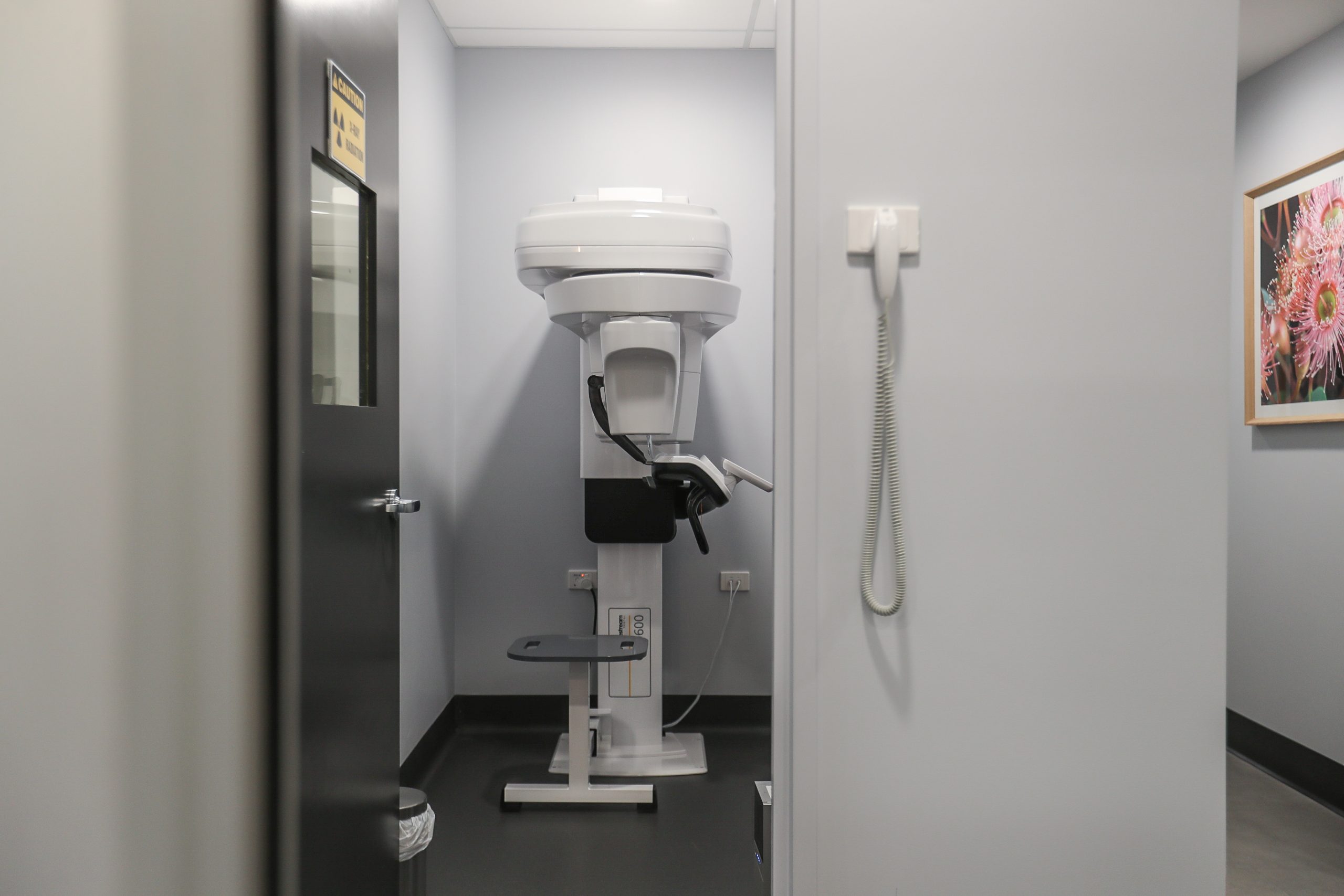An extraction, also known as tooth extraction, is a dental procedure in which a tooth is removed from its socket in the jawbone. This may be necessary due to various reasons, including severe decay, damage, infection, or overcrowding. During the extraction process, the area surrounding the tooth is numbed with local anaesthesia to minimize discomfort. Then, using specialized instruments, the tooth is carefully loosened and gently removed. we specialize in a comprehensive range of extractions, from simple to complex, including wisdom teeth removal.
0%












